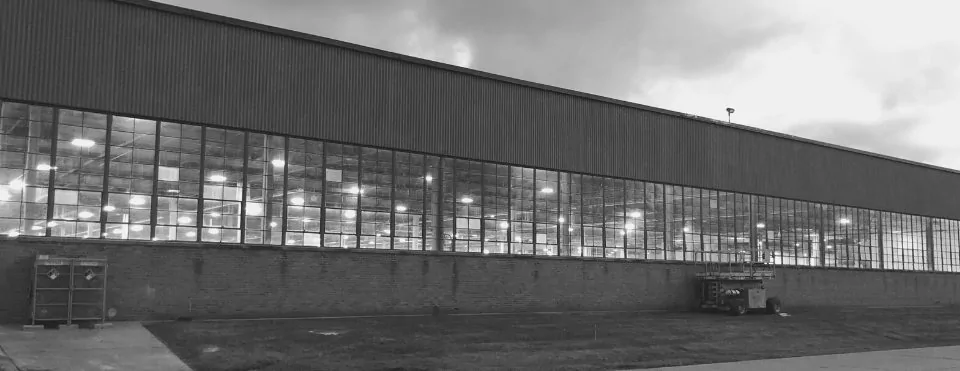What is the Best Way to Control an ERV?
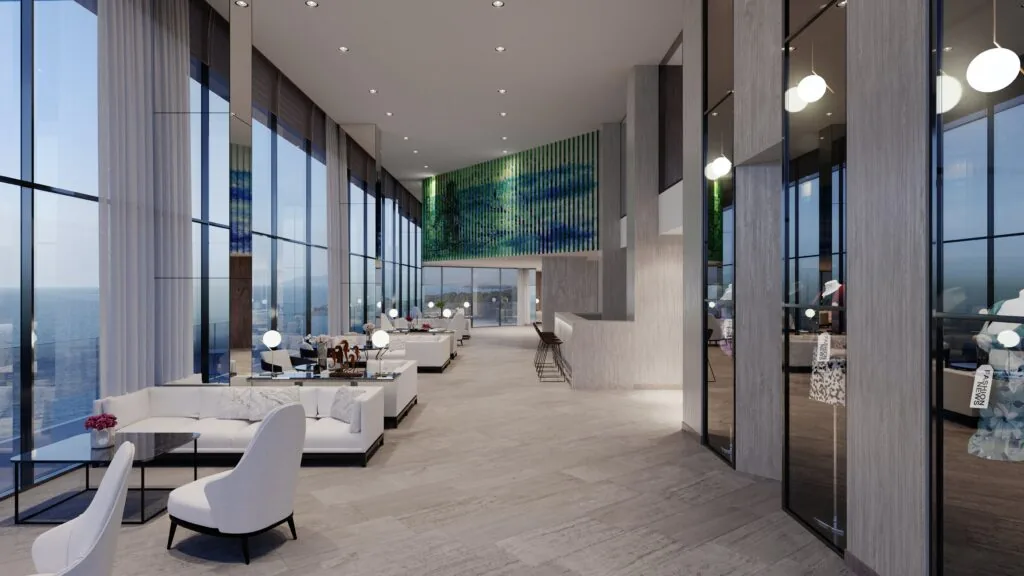
Feb 26 2024
An Energy Recovery Ventilator, or ERV, is a type of ventilation system that help to improve the air quality in your building. The ERV does this by bringing in fresh air from outside and exhausting stale air from inside, while recovering the energy in the air that is leaving and passing it along to the air entering.
This is one of the most sustainable products in the market, and used in combination with a heat pump system, can create efficiencies up to 600% more efficient than a standard electric system. This article talks about the best control strategies for Energy Recovery Ventilators. Verde has installed a dozen ERVs, and each one has a story of success and learning.
What is the Efficiency of an ERV?
The Energy Recovery Ventilator can be up to 93% efficient in transferring energy from outgoing air to ingoing air. That means instead of heating or cooling all of that incoming air, you only need to heat or cool 7% of that air. It really makes a dramatic difference in terms of design, as well as energy savings.
Traditional ERVs use a wheel to take some energy out of the outgoing air and transfer it to the incoming air. This technology is not new, although traditional versions of this ERV heat and energy wheel typically max out at about 65% efficient. While each unit of energy saved is important – each unit of energy lost is also a critical waste, and this video from MEP Academy explains ERVs well.
Modern ERVs use new technology, getting up to 93% of the energy transferred between the outgoing air and the incoming air. In fact, moisture can now be transferred as well across membranes, keeping humidity out in the summer and keeping it in during the winter.
Energy Recovery Ventilators also help with balancing the air in a building, by simply using a highly efficient set of motors to blow air in one direction for the incoming air, as well as the air entering. By using two motors blowing in opposite directions, the ERV system can also optimize and fix a common issue in a building, when it is too positive or negative.
When a building is positive or negative, the doors are difficult to open or close, and air rushes in or out of the building. This is bad for the health of the building, but it is also super inefficient.
The modern ERVs transfer heat and moisture with a membrane system that allows both heat and humidity to be transferred across the barrier in a passive methodology, so again the only work being done is by the fans in terms of energy usage in most climates.
What About Extreme Cold for an ERV?
One of the most unique parts of an ERV is that it is removing moisture even during very cold weather, and evacuating the water from the system. This can lead to frozen moisture if the system is not warmed up. At startup, and this is very important for the rest of this article, the system can start during very cold temperatures. To “warm” up the unit, there is an electric preheater. Since electric preheat is very inefficient, we prefer for this not to run unless absolutely needed. The preheater helps get the unit warmed up, and then backs off so the motors can do their work.
At some points during this process, depending on the brand and type of ERV that you have, the system may bypass and skip the core of the unit, leading to colder air entering the space than designed. This can really impact the timing of the control strategy for an ERV and when and how often you want them to be turned off.
Our ERVs installed in Chicago have operated through -10 degrees F, and we have monitored their performance. While there are things to monitor during extreme cold and occasionally it does make sense to turn one off, you can use strategies to help mitigate issues with ERVS in extreme cold. One strategy is quite simple – you can just schedule the ERVs to not run when the building is not occupied, often the coldest times at night. However, in one situation, we learned the turning them all on early in the morning can lead to additional issues as the ERVs need to warm up to reach their full efficiency.
So in that situation, we switched to Demand Control Ventilation, but adding some simple CO2 sensors inside the building to monitor people. When CO2 rises, the building needs air, so the ERVS only run during that time (vs always when scheduled). This simple switch ended up saving a ton of energy – so even energy efficient ERVs can get more efficient when adjusted in how they are used.
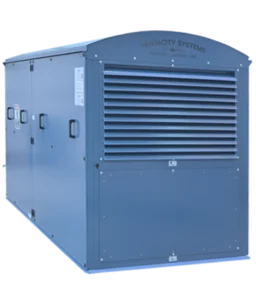
What Are the Options for Controlling an ERV?
The three ways you can control an ERV is scheduling, Demand Control Ventilation, or constant air volume.
Constant Air Volume, or CAV, is the simplest. This means that the ERV is always running and providing fresh air to the space. This can be for buildings that are open 24 hours, or that have another reason to always provide air circulation. We have sometimes set constant air volume for spaces with high ceilings, to create a movement of air to help stratify the environment.
Another solid way to control your ERV is through Demand Control Ventilation, or DCV, as noted in the story above. This form of system control uses CO2 sensors in the space to help determine when people are in the space. This means that the 7% of reheating or recooling the air only happens when folks are actually in the space for a long enough time. If a small office has a single person in it for the day – likely the CO2 you breathe out is not enough to drive the CO2 up high enough to trigger the system to turn on. But if 10 people are in that space, it will likely be enough to bring in outside air within about 30 minutes. This is demand controlled – meaning the system brings in outside air when it is needed.
Finally, you can schedule an ERV to run when the building is occupied. This is a great solution when you want to save the money on the CO2 sensors (which cost about $350 each) or when you have a very predicable schedule for a building. It can also be beneficial when you want to start bringing in fresh air before anyone enters the space, for some particular reason.
Which is the Best Control Strategy for ERVs?
In our experience with over 10 ERV systems installed – we find Demand Control Ventilation, or DCV, to be the best overall strategy. However, there are a time and place for each.
The reason we like the Demand Control setup is that you can always adjust to the other two scenarios after you start the system if you have the DCV CO2 sensors. You can run a schedule with or without the CO2 sensors giving input, you can run it all the time, and you can do a variety of any of these. But, without the CO2 sensors from the onset, you won’t be able to run DCV.
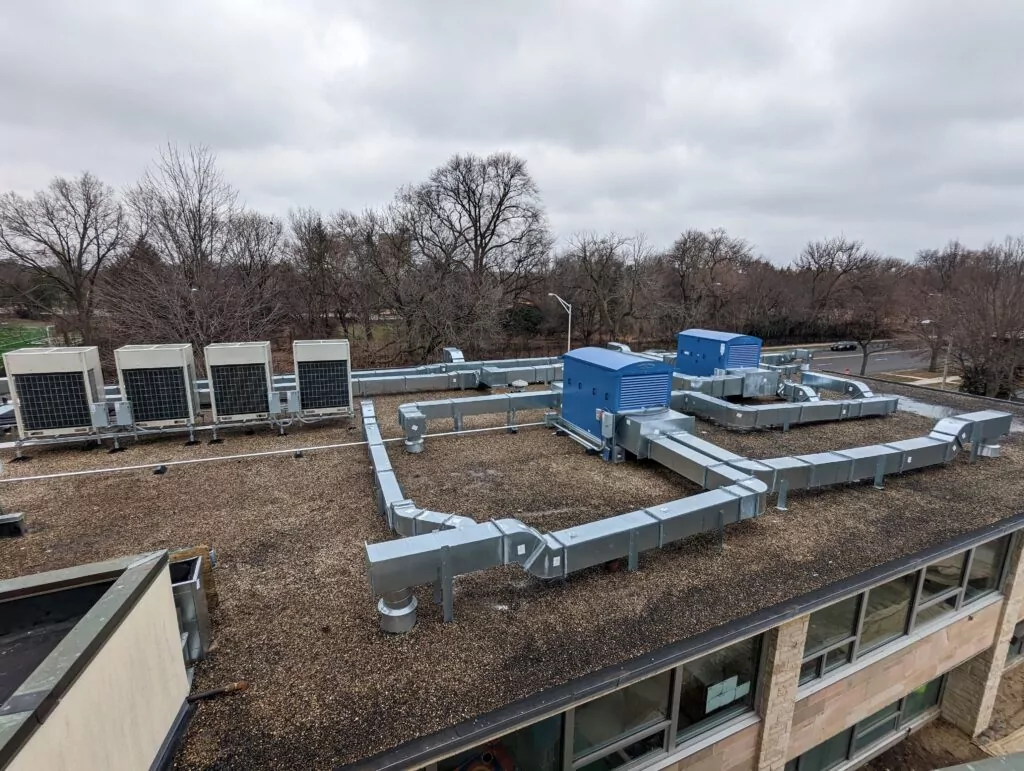
How Do You Make Changes to the ERV System?
ERVs typically come with a controller that you can schedule and run after startup of a system. The controller is best run into the space it is controlling, so you can make adjustments inside of the building without having to go on the roof or mechanical rooms.
Most systems can also be BACnet controlled, which means that they can work with a Building Automation System. This can give you full control over an ERV system, but it does require upgrades to the software over time.
The UBX system from Ventacity is a new system that can allow remote access to your ERV system, without needing the BACnet BAS system access. This is exciting because it can allow a full building automation, without the expense of a full system, which is often very expensive. And the UBX system will eventually be able to also control a VRF system, which would really be a full building automation system without the huge expense.
What about the Control Strategy for a Heating Recovery Ventilator, or HRV?
The difference between an HRV or ERV is that an ERV can transfer moisture as well as heat. In terms of how you control them, everything would really be the exact same. So we would recommend a Demand Control Ventilation strategy to control an HRV, and we would always encourage a remote access system like the UBX from Ventacity, when budget allows.
Energy Recovery Ventilators, or Heat Recovery Ventilators, are an incredible benefit to any building in Chicagoland. We encourage DCV controls for these system, as well as to combine them with VRF heat pumps when possible.
What Maintenance is Required for an ERV
ERVs require very little maintenance, once they are installed properly. Filters do need to be changed frequently, and there is often several filters on each unit. Just like any HVAC system, these start to lose efficiency as the filters get dirtier as air has a harder time moving through the unit.
Our favorite ERV system from Ventacity, in fact, comes with a handy visual to let you know how much a filter is saturated with debris, so you know exactly when to change the filter. They also offer a filter subscription model, so you can receive filters several times a year, saving costs and not forgetting to have filters on hand when they need to be changed. Of course, often folks will change filters whether they need it or not to maintain a schedule – and this strategy makes a lot of sense in larger buildings.
ERV duct work should be inspected, and the units should have regular downloads for any firmware update. This can be done from the touchpad of the ERV.
What is the Right Building Type for an ERV?
Really, almost any commercial building that has a large occupancy can benefit form an ERV, especially when there are a lot of people often inside the space. Some of our favorite building types are restaurants, libraries, and churches – where you can have just a few people or a lot of people in a very short time. By installing and scheduling an ERV properly, you can save a lot of energy and keep people safe.
Featured Posts
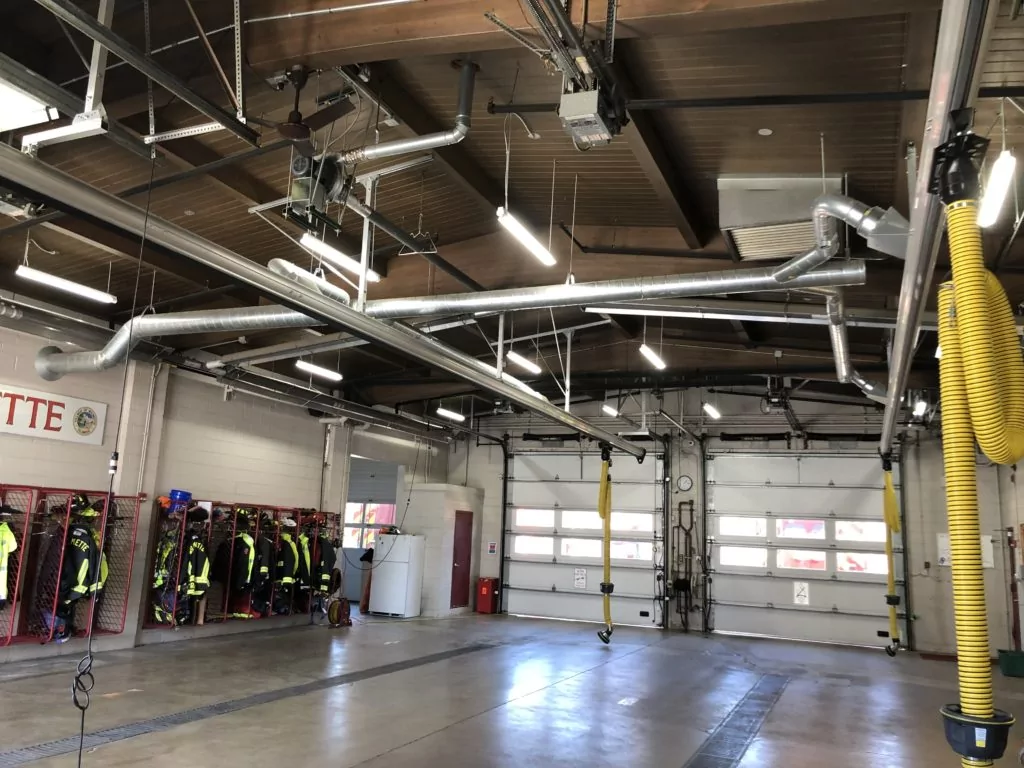
Mar 15 2021
Energy Savings Formula
In 2002, I became a firefighter in the north suburbs of Chicago. I was young and idealistic - loving almost every part of the job. However, I had another secret passion - sustainability. In addition…
Continue Reading >

May 02 2019
Verde Energy Efficiency Experts 10 Most Sustainable Companies in Chicago
In our energy efficiency consulting firm, we constantly look for inspiration from local companies that lead and innovate in clean energy and sustainability. Not all companies have billion dollar budgets, but that doesn’t mean that…
Continue Reading >
Related Articles
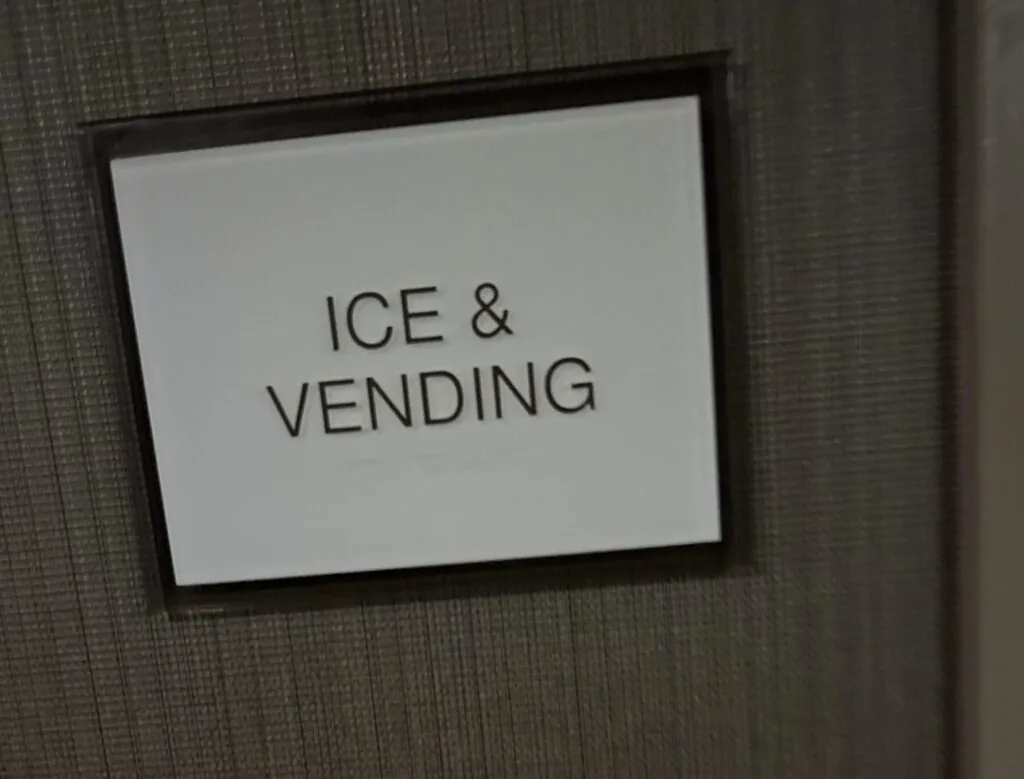
May 08 2024
Decarbonizing Hotels – Is it Possible?
Lower Energy Cost Hospitality with Decarbonization Hotels are huge energy users - with a lot of guests that come and go quickly, keeping them comfortable is no small task. As we look ahead at decarbonization…
Continue Reading >
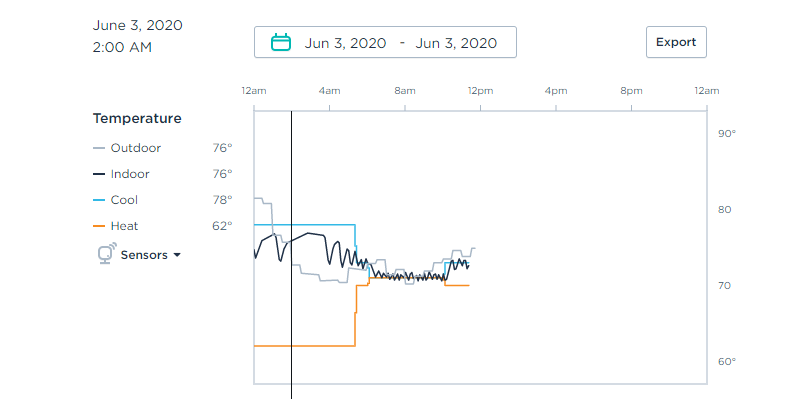
Feb 26 2024
What is Demand Control Ventilation?
Outside air for building, brought in via a rooftop unit, a Direct Outside Air System, or via an Energy Recovery Ventilator, are important for many reasons due to code. Fresh air is required in public…

